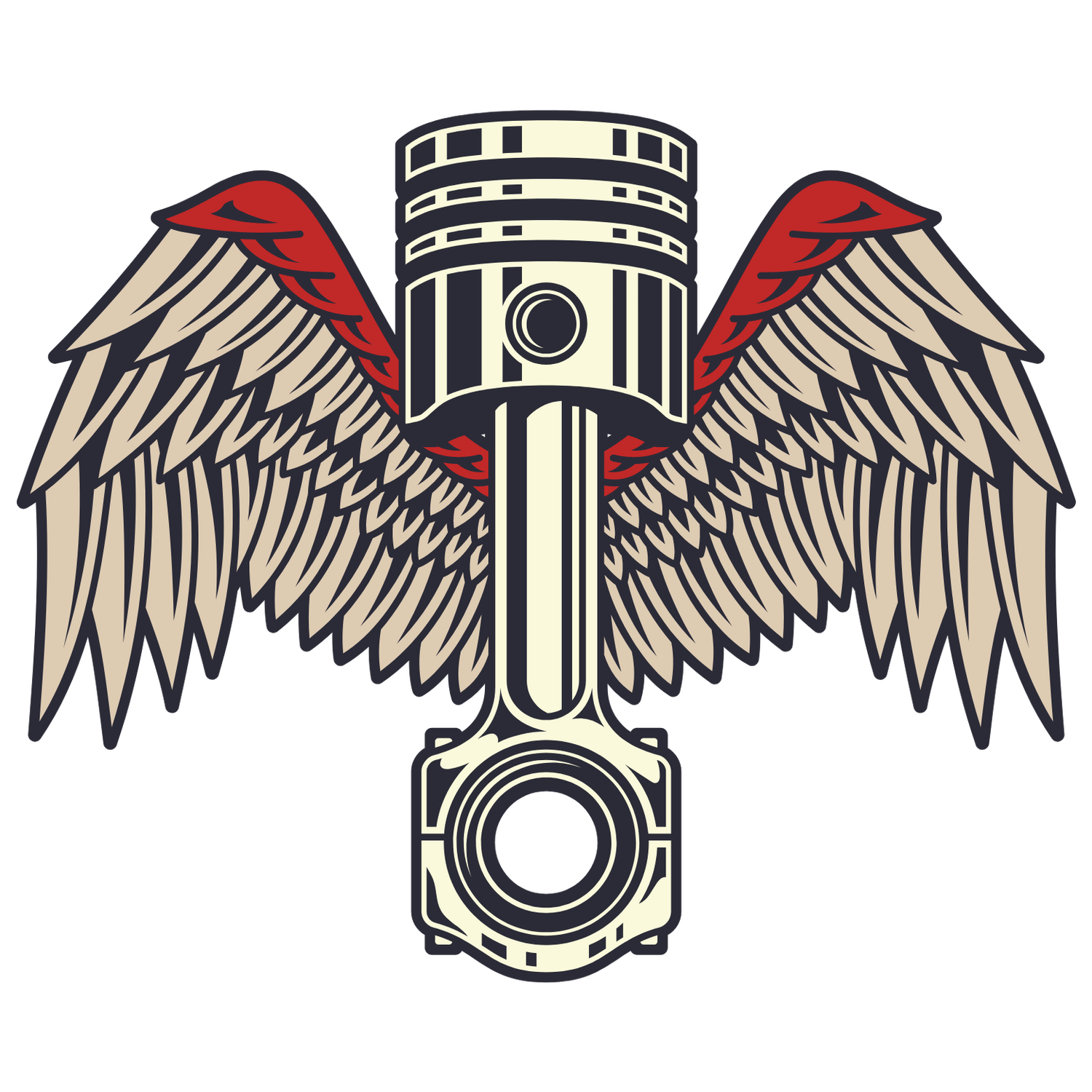The Ultimate Guide to Understanding Crankshaft Grinding and Your Engine's Performance
What is Crankshaft Grinding?
Crankshaft grinding is a machining process used to repair and reshape the crankshaft in your engine. During this process, the crankshaft is ground to achieve a smooth and uniform surface, removing any imperfections or damage. This helps to ensure that the crankshaft rotates smoothly, which is crucial for your engine's performance. Grinding the crankshaft also helps to restore the correct dimensions and alignment of the crankshaft journals, which are essential for proper functionality.
Importance of Crankshaft Grinding for Engine Performance
Grinding the crankshaft is vital for ensuring your engine runs smoothly and efficiently. Here's why:
Improves durability: Grinding the crankshaft helps to remove any imperfections or damages, ultimately enhancing the durability of the crankshaft.
Enhances performance: A well-ground crankshaft ensures proper rotation and balance, leading to improved engine performance.
Reduces vibration: By smoothing out the surface of the crankshaft, grinding helps to reduce vibration in the engine, resulting in a smoother operation.
Signs Your Engine Needs Crankshaft Grinding
If you notice persistent vibrations or knocking sounds coming from your engine, it might be a sign that your engine needs crankshaft grinding. These symptoms indicate that your engine's crankshaft may be out of balance or improperly aligned, causing potential damage to your engine's performance. Grinding the crankshaft can help restore balance and proper function to your engine, ensuring optimal performance and longevity.
The Process of Crankshaft Grinding Explained
Crankshaft grinding is a precision machining process essential for restoring worn-out crankshafts to optimal functioning. During the process, the crankshaft is meticulously ground to remove imperfections and create a smooth surface. This enhances the engine's performance by improving the overall balance and alignment of the crankshaft, allowing it to rotate smoothly and efficiently. Grinding ensures that the crankshaft meets precise specifications, ensuring reliable engine operation.
Benefits of Crankshaft Grinding for Engine Longevity
Crankshaft grinding improves engine performance by ensuring smooth operation and reducing friction between moving parts. This process helps in extending the lifespan of your engine by increasing its durability and enhancing its overall efficiency. Grinding the crankshaft can also correct issues like bends or imperfections in the crankshaft, which can negatively impact the engine's performance over time.
Choosing the Right Professionals for Crankshaft Grinding
When it comes to choosing the right professionals for crankshaft grinding, it is crucial to find experienced individuals who specialize in this field. Look for experts who have a proven track record in working with crankshafts to ensure the best results for your engine's performance. Remember, the expertise of the professionals you choose can have a significant impact on the overall quality of the crankshaft grinding process and, ultimately, your engine's performance.
Understanding the Costs Involved in Crankshaft Grinding
Crankshaft grinding costs can vary depending on factors like the size and condition of your crankshaft. The cost can range from $150 to $300 for a simple regrind up to $1000 or more for a custom or performance grind. Keep in mind that additional costs may apply for services like welding and straightening. Remember, it's crucial to get a detailed quote from a reputable machine shop before proceeding with any work on your crankshaft.
Factors Affecting the Quality of Crankshaft Grinding
When it comes to the quality of crankshaft grinding, several factors can influence the outcome. Here's what you need to consider:
Equipment and Machinery: The type and condition of the equipment used in crankshaft grinding play a crucial role in determining the quality of the finished product.
Skill of the Operator: The expertise and experience of the person performing the crankshaft grinding are essential for achieving precision and accuracy.
Material of the Crankshaft: Different materials require varying techniques and tools for grinding to ensure the best results.
Coolant and Lubrication: Proper coolant and lubrication help in maintaining the temperature and reducing friction during the grinding process.
Quality of Abrasives: The choice of abrasives used in grinding impacts the surface finish and overall quality of the crankshaft.
Precision and Measurement Tools: Accurate measurement tools ensure that the grinding process meets the required specifications for optimal engine performance.
Work Environment: A clean and controlled work environment is necessary to prevent contaminants from affecting the quality of the crankshaft grinding.
Aftercare Tips for Engines After Crankshaft Grinding
Engines need extra care after crankshaft grinding to ensure optimal performance. Here are some crucial aftercare tips to follow:
Allow Proper Break-In: After the grinding process, give your engine some time to break-in before pushing it to its limits. This will help the components settle into place smoothly.
Regular Oil Changes: Ensure timely oil changes to keep the engine running smoothly and to prevent any debris from causing damage.
Monitor Engine Temperature: Keep an eye on the engine temperature to avoid overheating, which can be detrimental to the components.
Check for Leaks: Regularly inspect the engine for any leaks or unusual sounds, which could indicate a problem that needs immediate attention.
By following these aftercare tips, you can prolong the life of your engine and maintain its performance post-crankshaft grinding.
Enhancing Engine Efficiency Through Crankshaft Grinding
Crankshaft grinding can help improve your engine's efficiency by restoring the crankshaft to its optimal condition. This process involves grinding down the surface of the crankshaft to remove any imperfections or damage, ensuring smooth rotation and precise functioning. By enhancing the crankshaft through grinding, you can increase your engine's performance, reduce vibrations, and enhance overall durability.

